The virus causes Ebola Virus disease or EVD. EVD is easy to catch and can be deadly. It comes from animals like monkeys, rats, pigs, and fruit bats. Doctors first saw EVD in 1976 in Africa. They saw people getting sick near the Ebola River.
That's why the virus is named after the river. The Ebola virus family was discovered then, too. Doctors have learned more about it since, but it still needs more study.
The patient's condition worsens as the disease progresses due to an increase in gastrointestinal hemorrhagic diathesis and as a result of coma. It is still unexplained why some patients recover spontaneously, even though the disease leads to death in most people.
There is no registered treatment or vaccine against the Ebola virus, although both are in the research stage. Ebola treatment is supportive treatment through intravenous fluids, maintaining blood pressure and oxygenation, and treating additional infections if they occur.
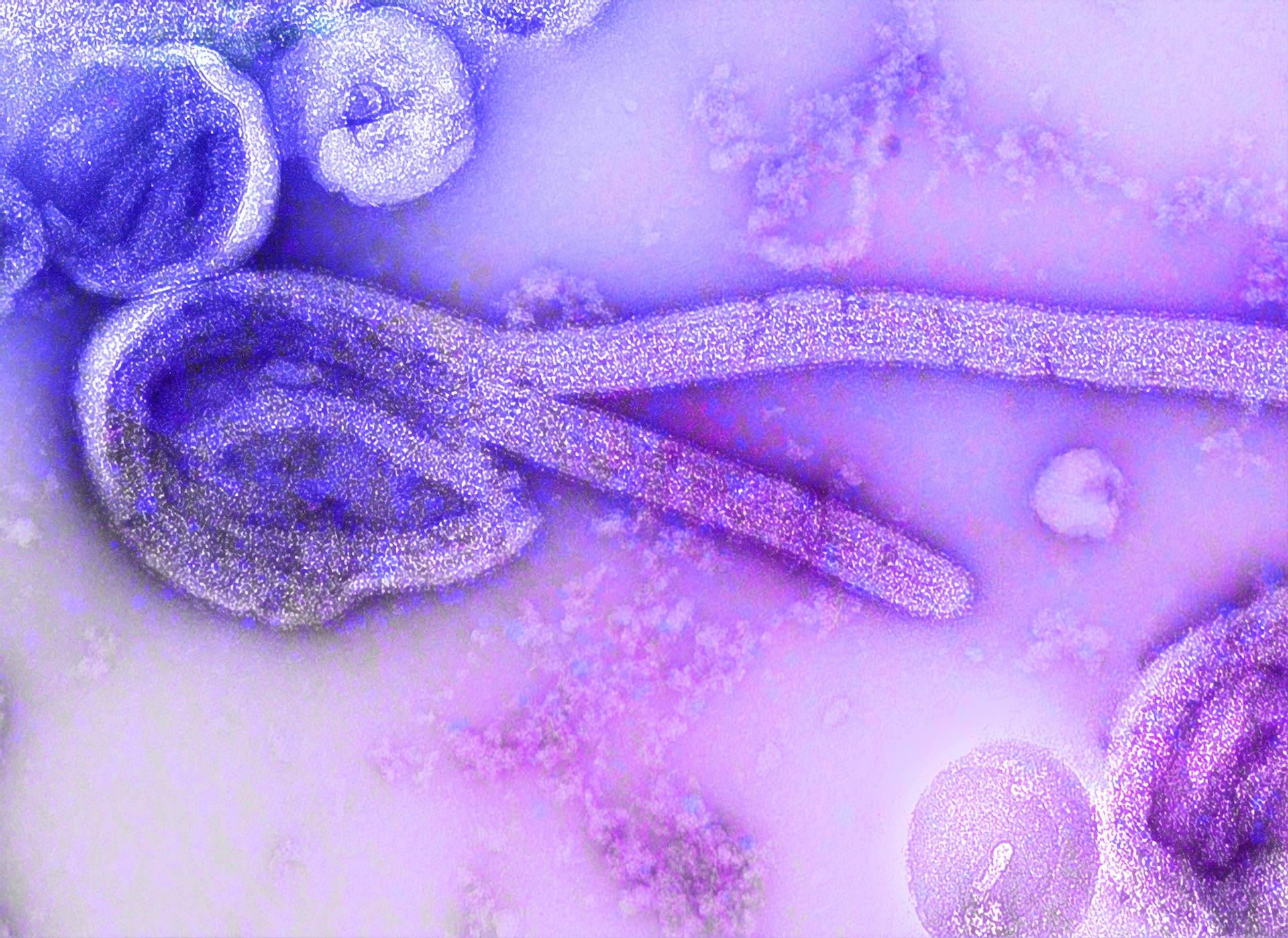
Ebola is a disease whose etiological agent is a virus of the genus Ebola. Five subtypes![]() of the virus are known, differing in their virulence. There are four of their species that cause disease symptoms:
of the virus are known, differing in their virulence. There are four of their species that cause disease symptoms:
Zaire ebolavirus – The Zaire Ebolavirus species is the most dangerous in terms of infection rates and mortality of all the species included in this virus genus. It was the first recognized type of Ebola virus, occurring in the first outbreak in 1976 in Zaire.
Sudan ebolavirus – The Sudan virus attacked that same year. This time in Sudan. Most outbreaks so far in Africa come from Zaire or Sudan viruses. Some attacks had longer sentences. Others were shorter. But all told, what viruses usually cause outbreaks there?
Tai Forest ebolavirus – The Tai Forest virus was found in chimpanzees in a natural area in the Ivory Coast. It made some chimpanzees sick in 1994. A few people also got ill from it later on. This virus is now known as the Tai Forest ebolavirus. The single case of Tai Forest Ebola infection did not prove fatal. In addition to this less severe subtype, there is Ebola-Reston, which has never been identified as pathogenic to humans.
Bundibugyo ebolavirus – The last described species of the Ebola genus is Bundibugyo ebolavirus, which caused illness in Uganda in 2007. Bundibugyo virus has a lower mortality rate than the Sudan and Zaire types. However, the mortality rate in the 2007 Bundibugyo Ebola virus outbreak was found to be 25%.

The disease occurs in epidemic characters in countries in Africa, mainly Central and West Africa![]() . There are also isolated cases of the infection being carried from the outbreak to other areas of the world, including Europe and America. The risk of contracting Ebola in public places is low. Increased possibility of contracting the disease are medical personnel and family members caring for patients infected with Ebola in West Africa.
. There are also isolated cases of the infection being carried from the outbreak to other areas of the world, including Europe and America. The risk of contracting Ebola in public places is low. Increased possibility of contracting the disease are medical personnel and family members caring for patients infected with Ebola in West Africa.
Viruses of the Ebola genus are relatively persistent in the environment, able to survive in it for up to six days. Wild animals are believed to be the natural carriers of the virus in the atmosphere, but it is also possible to contract the Ebola virus from a sick person. Causes of Ebola infection thus include:
Contact with a wild animal – Wild animals, most likely fruit bats![]() , are believed to be the natural carriers of the virus in the environment. Contact with an infected animal or eating infected flesh can spread the Ebola virus. Some monkeys got sick before. The virus doesn't go from mosquitoes. It's only passed directly from animals to people or between people.
, are believed to be the natural carriers of the virus in the environment. Contact with an infected animal or eating infected flesh can spread the Ebola virus. Some monkeys got sick before. The virus doesn't go from mosquitoes. It's only passed directly from animals to people or between people.
Contact with an infected person – Contact with someone who has the virus can spread it. The illness usually passes from an infected person to others through body fluids. This includes blood, spit, or tissues. It can also apply after the infected person dies. Some sources say droplets from a sneeze or cough may pass the virus, too. Being near fluids from the infected person or touching something with the fluids on it puts you at risk. Washing hands helps stop the spread between people.
Contact with an infected object – Ebola can spread through objects touched by sick people, like clothes or sheets. But there are ways to destroy the virus on surfaces. Unique lights, chemicals, and heat all kill the Ebola germs. Contracting the Ebola virus through money, swimming in a pool, or eating food products is impossible.
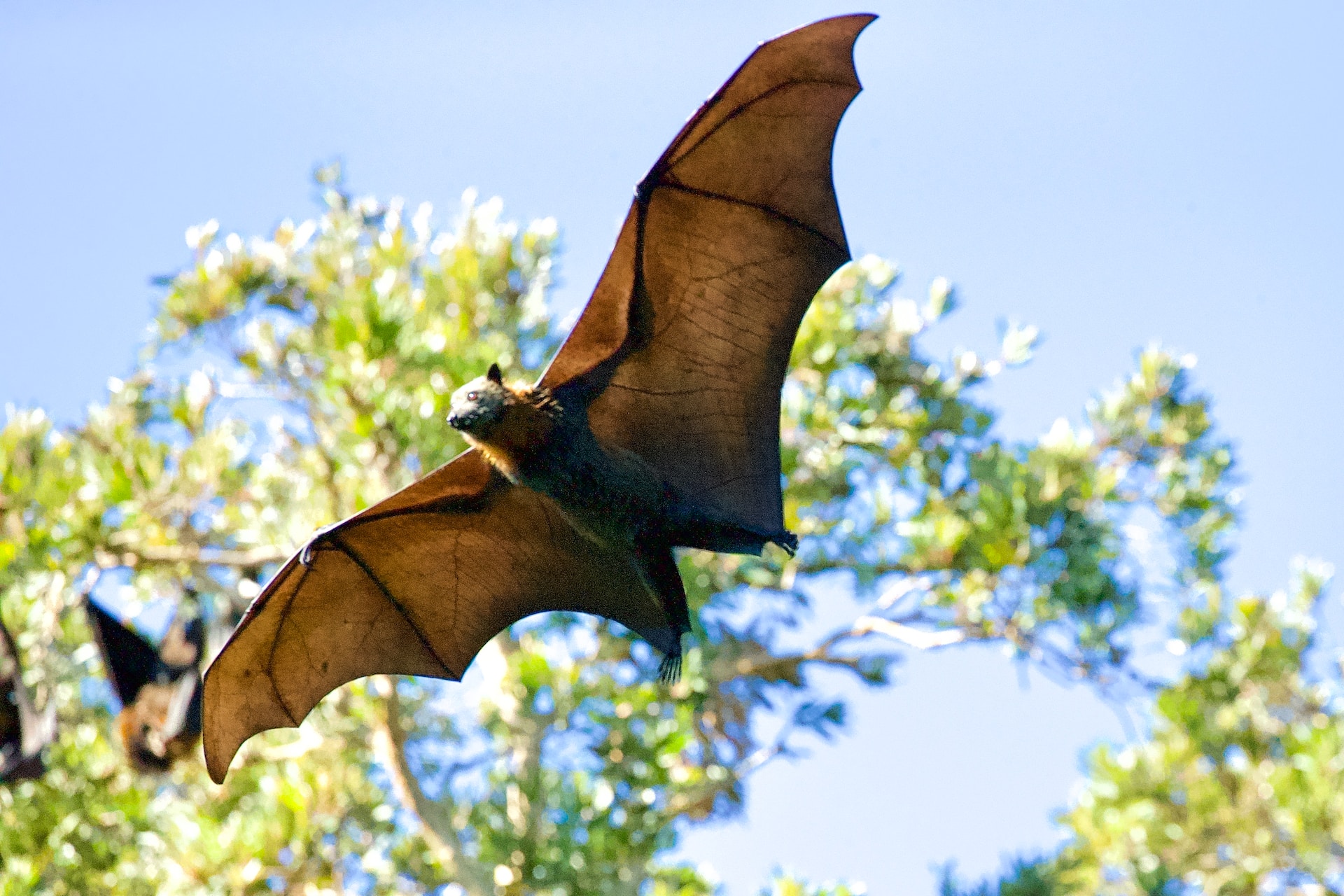
Typically, first signs appear 8-10 days after exposure to the Ebola virus, but they can occur both as early as two or as late as 21 days![]() after exposure. The onset of symptoms is sudden. The infectious disease lasts about two weeks.
after exposure. The onset of symptoms is sudden. The infectious disease lasts about two weeks.
The clinical course of Ebola virus infection varies depending on the species of the virus. This leads to the death of the patient. Ebola infection is caused by the virus limiting the natural response to disease and leading to the uncontrolled release of inflammatory mediators in the late stages. Symptoms of Ebola infection include the following:
Febrile symptoms – In general, Ebola hemorrhagic fever follows an incubation period. During the first period of the disease, non-specific symptoms such as weakness and malaise appear. There is also a high fever and accompanying chills and muscle aches. In the late stage of the disease, dehydration and electrolyte and protein imbalances occur very quickly, which results in extreme exhaustion and severe weight loss.
Gastrointestinal symptoms – The illness causes problems in many organs quickly. This includes stomach and gut issues. Loss of appetite, feeling sick, throwing up, belly aches, and loose stool happen. The person feels worse as time goes on because bleeding in the gut gets more serious.
Respiratory symptoms – The early stages of Ebola disease may cause some breathing problems. A person might feel like he can't breathe well or have a cough. Their chest might hurt, too. There could also be a runny nose or low blood pressure. Their blood pressure could drop below normal levels.
Neurological symptoms – Neurological issues like headaches could happen. Entanglement is when thinking and actions seem mixed up even when awake. People may talk without making sense of or act in strange ways when confused. In severe cases, coma occurs.
Bleeding symptoms – In the final stage of the disease, bleeding from body cavities and petechiae is observed, as well as internal bleeding. A rash and rapid weight loss often accompany them. There are clotting disorders, bloody diarrhea, and hemorrhages in body cavities. Some people develop symptoms of shock, seizures, and severe metabolic and blood clotting diseases, causing death in the following days. Bleeding signs develop in about half of the patients.
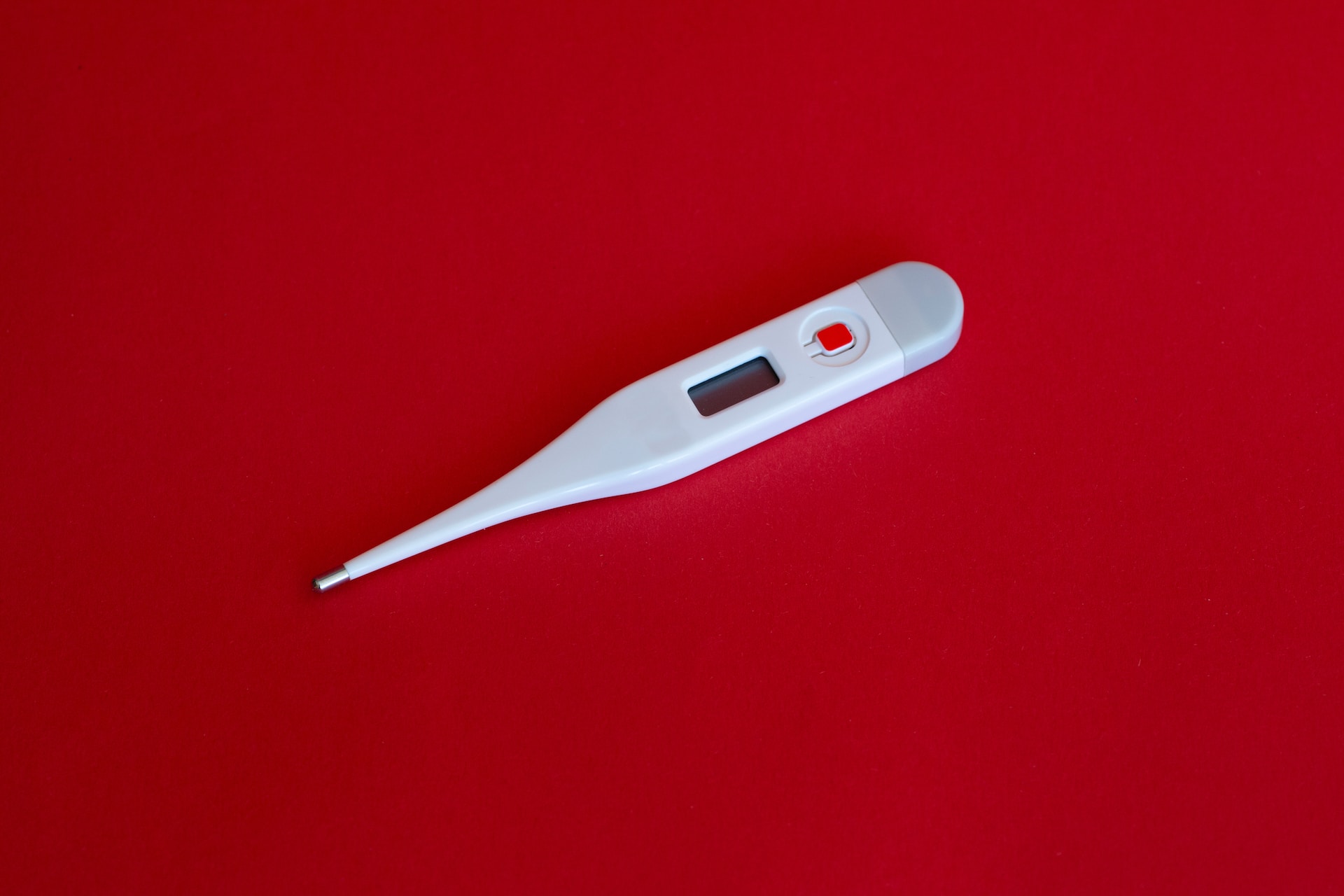
The Ebola virus does spread quickly. The 2014 Ebola outbreak in Africa![]() was huge, the first to impact multiple nations. While a crisis in West Africa, the epidemic poses little threat to most Americans. The risk of catching Ebola in public is low.
was huge, the first to impact multiple nations. While a crisis in West Africa, the epidemic poses little threat to most Americans. The risk of catching Ebola in public is low.
Doctors and caregivers in West Africa have a higher chance of getting sick as they touch fluids from ill persons. The prognosis of Ebola virus infection is various and depends on the type of virus. Survival beyond ten days from the onset of the first symptoms is believed to indicate a favorable prognosis for these patients.
Symptoms in the course of Ebola virus infection, especially in the first stage of the disease, can resemble many different infections. It is, therefore, necessary to confirm the etiological agent of the condition. Diagnosing the disease as soon as possible and including treatment to prevent its spread is essential for a good prognosis.
Probable infection is first identified based on the clinical signs in the picture of the disease and the history. Information about residence in an Ebola virus country or contact with an infected or suspected infected person in the preceding 21 days![]() is essential. Making a confident diagnosis of infection requires additional tests, such as:
is essential. Making a confident diagnosis of infection requires additional tests, such as:
Blood tests – A basic blood test involving virus isolation from blood serum may be ordered first. Characteristics of antibodies are determined in patients diagnosed at an advanced stage of the disease. The presence of the virus is found in most body fluids body fluids. Urine tests and throat swabs are also possible.
Genetic testing – Making a confident diagnosis of infection requires the detection of the genetic material of the virus. Such testing can be done in those patients who have clinical signs consistent with the accepted definition of hemorrhagic fever of Ebola etiology.
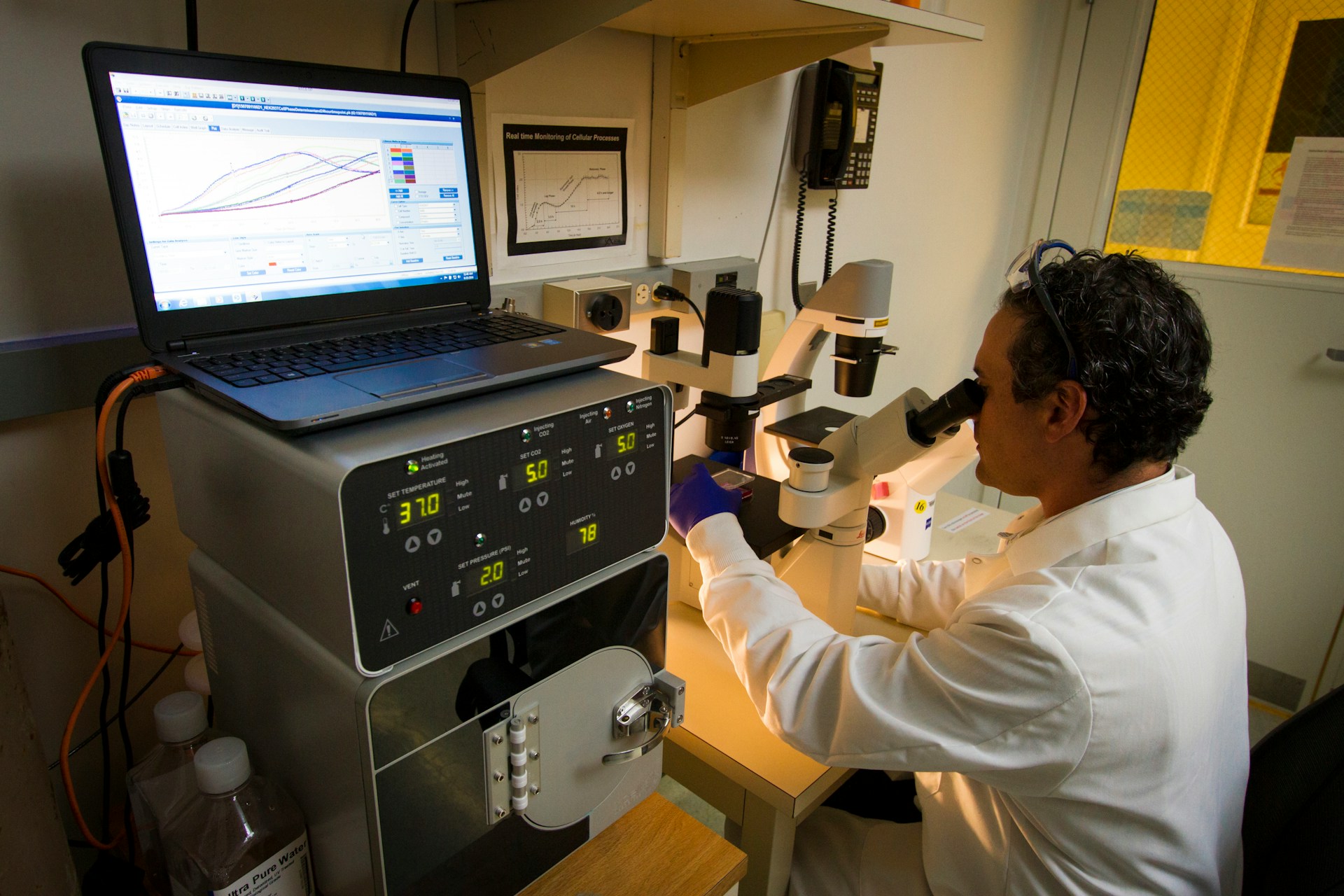
To date, there is no drug registered for the causal treatment of Ebola virus disease. Instead, such medications are in trials at various stages. To prevent the spreading of the virus, sick people should be isolated from other patients. In addition, medical personnel should follow strict safety rules. They should take measures to reduce or inhibit the spreading of the virus. Treatments for Ebola virus infection include:
Currently, medicine is symptomatic and includes correcting electrolyte imbalances, maintaining adequate hydration, having through intravenous fluid therapy, and, in more severe cases, treating shock and multiple organ failure.
In addition, current hemorrhagic diathesis should be treated, and respiratory and circulatory function should be supported. People suffering from ebola hemorrhagic fever require hospital treatment and strict isolation with the goal of preventing the transmission of infection.
Immunological preparations have now been approved for use in patients with EVD. Immunosuppressive drugs are medicinal products to lower the body's immune response. Researchers at Mapp Pharmaceutical in San Diego, California, made the advance.
Their formulation, called ZMapp![]() , is a drug composed of three purified immune proteins and monoclonal antibodies against the Ebola virus. The formulation is one of several not approved by the WHO but available for use in the event of an outbreak.
, is a drug composed of three purified immune proteins and monoclonal antibodies against the Ebola virus. The formulation is one of several not approved by the WHO but available for use in the event of an outbreak.
Different preparations used to treat Ebola virus infection are vaccines. There are two vaccines with proven efficacy. One vaccine is an attenuated, live vaccine that uses a vector virus. A two-dose recombinant vector vaccine regimen consisting of two preparations administered eight weeks apart is also possible. These are effective and without toxicity in animal studies. In addition, different vaccines![]() are also under development.
are also under development.

Proper diagnosis is critical, as the Ebola virus is dangerous, fraught with high mortality![]() , and easy to spread. It is necessary to differentiate Ebola virus infections from different diseases. Symptoms in the course of Ebola virus infection, especially in the first stage of the disease, can resemble many other infections, including:
, and easy to spread. It is necessary to differentiate Ebola virus infections from different diseases. Symptoms in the course of Ebola virus infection, especially in the first stage of the disease, can resemble many other infections, including:
Malaria![]() can resemble the symptoms of Ebola infection. Malaria is a dangerous tropical disease projected by mosquitoes. Caused by the protozoan Plasmodium, it is hazardous for young children and pregnant women. It can manifest itself even several months after infection. Late diagnosis or inadequate treatment can be life-threatening. Most cases of malaria occur in Africa, mainly in the sub-Saharan region. Humans become infected with malaria-causing protozoa during a mosquito bite of the Anopheles.
can resemble the symptoms of Ebola infection. Malaria is a dangerous tropical disease projected by mosquitoes. Caused by the protozoan Plasmodium, it is hazardous for young children and pregnant women. It can manifest itself even several months after infection. Late diagnosis or inadequate treatment can be life-threatening. Most cases of malaria occur in Africa, mainly in the sub-Saharan region. Humans become infected with malaria-causing protozoa during a mosquito bite of the Anopheles.
Symptoms – The signs of malaria varied based on how many red blood cells were infected and which parasite caused it. Sometimes, people had fevers that went up and down along with how many parasites left infected cells. Sick people could get multiple organ problems and whole body swelling from the parasites. Malaria spirochete infection can range from asymptomatic to very severe and can even cause death.
Treatment – The onset of the listed disorders requires specialized hospital treatment, usually in an intensive care setting. The severe character of malaria can cause coma as a result of parasite involvement in the central nervous system. Malaria can often be cured if found soon and adequately. The key is using the right medicine. Some people, especially the very sick, may need other help like fluids for dehydration, sugar for low blood sugar, dialysis for the kidneys, or a breathing machine.
Typhoid fever![]() can resemble the symptoms of Ebola infection. Typhus is a systemic, acute infectious disease caused by infection with the gram-negative intestinal bacteria Salmonella typhi. Ebola infection can occur through contact with a sick person or an asymptomatic carrier. The contagious material in which Salmonella typhi bacteria are found in feces or, much less frequently, urine.
can resemble the symptoms of Ebola infection. Typhus is a systemic, acute infectious disease caused by infection with the gram-negative intestinal bacteria Salmonella typhi. Ebola infection can occur through contact with a sick person or an asymptomatic carrier. The contagious material in which Salmonella typhi bacteria are found in feces or, much less frequently, urine.
With increasing sanitary standards, the incidence of typhoid fever in developed countries is negligible. The problem remains in areas with no sanitized toilets, where access to potable water is complex, and infection spreads due to a lack of proper hygiene.
Symptoms – Bacteria that have entered the patient's gastrointestinal tract cause many symptoms, including high fever, chills, abdominal pain, constipation, or diarrhea. High fever, falling and rising alternately, which persists for up to two weeks and does not subside after administration of antipyretics, can cause exhaustion in the patient. In the severe course of typhoid fever, episodes of delirium and even coma are observed. Complicated infections are associated with the occurrence of gastrointestinal bleeding.
Treatment – Antibiotics from the fluoroquinolone group are used to treat typhoid fever. Fluid therapy is also vital to compensate for electrolyte disturbances caused by high fever, diarrhea, and dehydration. Proper diagnosis of the disease and implementation of treatment bring improvement in the patient's clinical condition after just a few days of antibiotic therapy. Treatment significantly reduces the risk of dangerous complications.
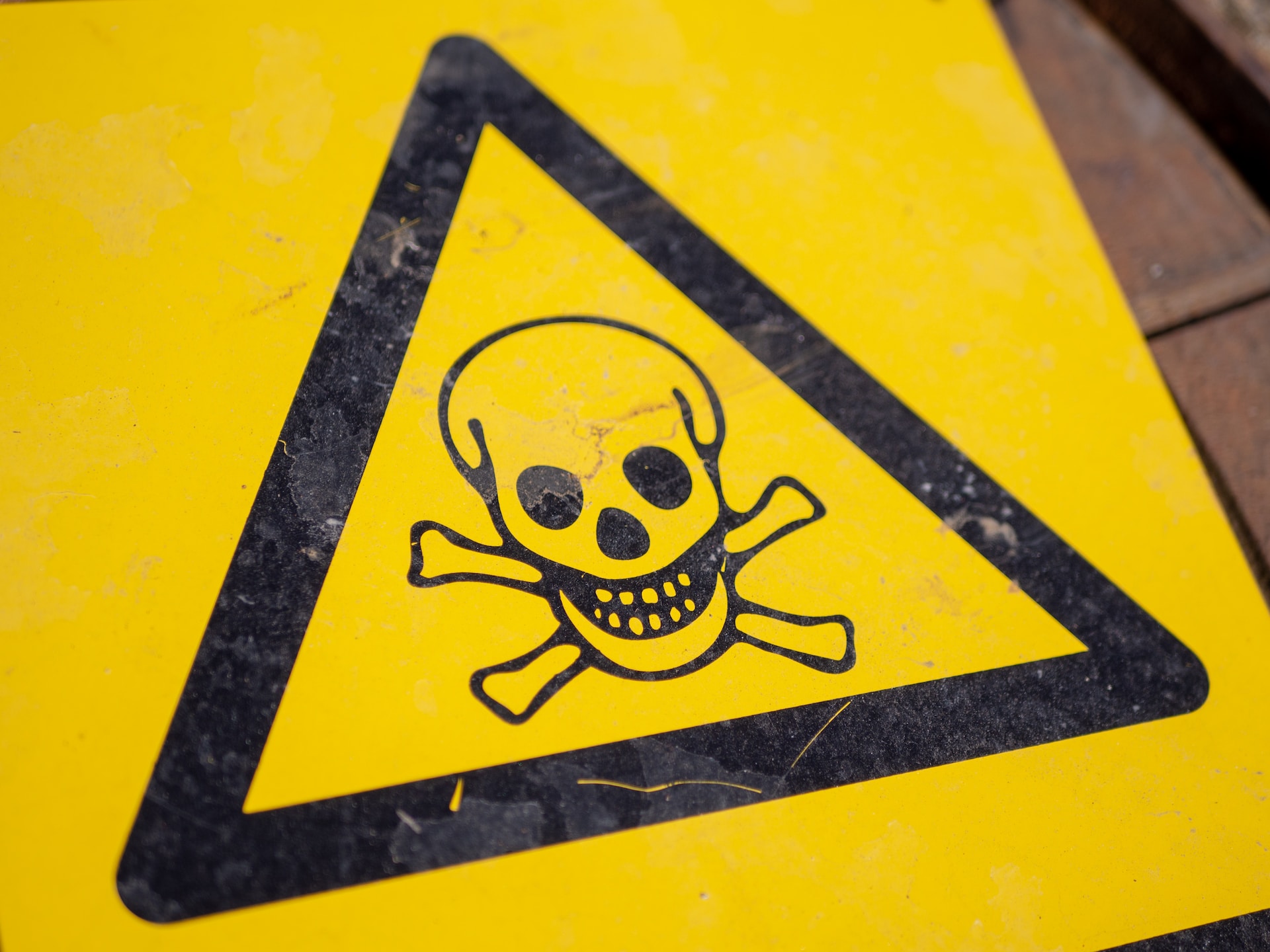
In diagnosis, detecting the pathogen causing the disease is extremely important, as symptoms similar to those of Ebola infection may also indicate different viruses. Especially those involving hemorrhagic fevers. Such viruses belong to lassavirus. The source of the infectious disease caused by the Lassa virus is rats of the genus Mastomys.
The infection can also be transmitted from person to person. People can catch the disease through droplets in the air, eating food contaminated with rodent waste, and touching blood or fluids from infected people. The sickness started spreading more in western Africa below the Sahara Desert.
Symptoms – At first, the sickness spreads quickly but usually isn't too bad for people who always have it. First, a person feels sick, like with the flu, and after a few days, they feel way worse. Their fever gets higher, and they feel very weak with bad headaches. Their throat and the top part of their body get very inflamed. They also get sick to their stomachs and have diarrhea. A rash with spots and bumps shows up all over their body. Symptoms of hemorrhagic diathesis are usually of low intensity.
Treatment – Patients with Lassa fever should be urgently hospitalized and isolated. Ribavirin, which is an antiviral drug and is effective in reducing the risk of death, should be given as soon as possible. In patients, you must ensure adequate protein and water-electrolyte balance and support cardiovascular and respiratory function if necessary. There is currently no vaccine available to stop the Lassa virus.
Yellow fever![]() can resemble the symptoms of Ebola infection. A virus causes yellow fever and infects people in parts of Africa and South America. It spreads through mosquito bites. The illness can cause bleeding inside and threaten a person's health or life. Babies, older adults, pregnant women, and those with weak immune systems face higher risks.
can resemble the symptoms of Ebola infection. A virus causes yellow fever and infects people in parts of Africa and South America. It spreads through mosquito bites. The illness can cause bleeding inside and threaten a person's health or life. Babies, older adults, pregnant women, and those with weak immune systems face higher risks.
Doctors must identify yellow fever fast to start help. The virus lives in humans or animals, but mosquitoes are how it moves between living things. Some cases lead to heavy bleeding. Others cause only mild symptoms. But all need care from a medical provider.
Symptoms – After entering the body, the yellow fever virus initially multiplies in the lymphatic system, liver, and spleen cells, causing significant damage to these organs. Yellow fever virus particles in the cells of various organs can lead to bile stasis inside the liver, or cholestasis, which causes the development of jaundice, clotting disorders, blood composition disorders, and kidney and heart damage.
Treatment – Due to the rapid course of the disease, yellow fever patients usually require a hospital stay. Treatment of yellow fever is mainly based on relieving the symptoms of the disease with antipyretics and painkillers. Management of the infection also prevents complications of the disease. There are no effective antiviral drugs to control yellow fever virus infection. Most often, however, the condition resolves spontaneously after a few days and leaves lasting immunity.
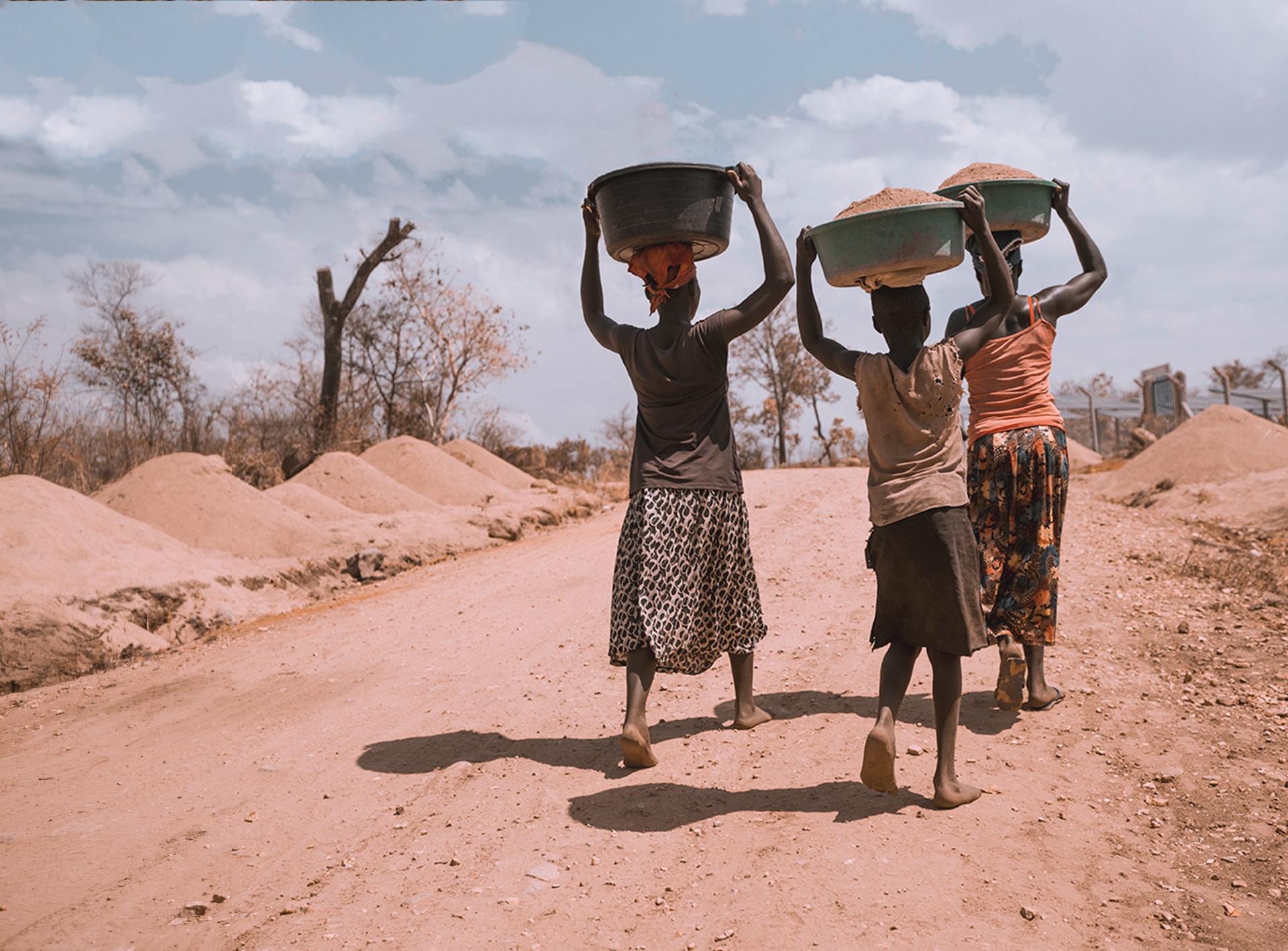
Where ebola hemorrhagic fever has been relatively mild, it is usually advisable only to lead a sparing lifestyle until well-being returns. However, if complications have arisen, it may take a long recovery to return to total health.
US National Institutes of Health doctors say ebola causes long-term health problems. Problems related to the nervous system are often noted. Patients may suffer from mental illness![]() after an Ebola infection.
after an Ebola infection.
Complications of Ebola virus infection include:

Depression – Depression is an illness that is classified as an affective disorder. It is mainly characterized by a prolonged lowering of mood, persistent feelings of sadness, lack of interest in previous passions, indifference to what previously gave joy, decreased energy and activity in life, depression, and apathy. In severe depressive states, suicidal thoughts and suicide attempts may occur.
Meningitis – It is a bacterial, viral, or fungal inflammation affecting the meninges, the delicate membranes surrounding the brain and spinal cord. Bacterial meningitis is a highly contagious, life-threatening disease. Irritation of the nerve roots causes tensing of specific muscle groups, which produces characteristic symptoms. Severe headaches, nausea, and hypersensitivity to stimuli often accompany conditions associated with meningeal irritation.
Coma – Coma is a state of profound disturbance of consciousness. The patient remains motionless and does not respond even to extreme external stimuli. Patients plunged into a coma look as if they are asleep, but it is impossible to wake them up. Comatose patients do not respond to external stimulation, but body reflexes are found to exist.
Ebola is a hazardous virus with high contagiousness and a significant mortality rate. It emerged several years ago in Africa, almost simultaneously with a different virus, Marburg, which has a high level of mortality similar to Ebola. These viruses are not in an epidemic phase; they have stopped attacking, but you can still be more vigilant.
Still, the Ebola infection remains a serious risk to humans. Therefore, when dealing with Ebola or other viruses, following preventative measures can protect you. Here are some key points:
Travel safely – Avoid contact with animals like chimpanzees, gorillas, and bats when visiting areas where Ebola is common. Doctors must observe for flu-like symptoms in people returning from these places.
Clean hands – Hand washing is crucial. Soap and water or alcohol-based products can clean your hands. The WHO recommends a unique washing method. Disinfecting surfaces is also essential. Ebola can last up to 6 days outside but doesn't like sunlight or dryness. Bleach and other cleaners kill it, but not refrigeration or freezing.
Quarantine if needed – People exposed to sick patients may need to stay away from others for up to 21 days. Those caring for Ebola patients should wear protective clothing. Seek medical attention immediately if Ebola symptoms appear.

Ebola hemorrhagic fever (EVD) is a zoonotic disease with a high mortality rate in humans. The viral hemorrhagic fever is most common in sub-Saharan Africa. The first cases of the condition were reported in Sudan and Zaire in the Ebola River Basin. The main cause of Ebola is the Ebola virus.
This virus belongs to the filovirus family. Scientists first found the virus during the 1976 outbreak. Four viruses can make humans sick: Ebola-Zaire, Ebola-Sudan, Ebola-Ivory Coast, and Ebola-Reston. Doctors are still learning where the viruses typically live and how people usually get infected. Monkeys may be one place where the viruses live. T
he viruses could spread from monkeys to people, starting outbreaks of the disease. Ebola spreads through contact with things from sick people. This includes blood, other body fluids, vomit, poop, and things the sick person touched.
Ebola fever comes on very fast with a high fever, bad headaches, muscle and joint pain, and a sore throat. More symptoms are throwing up or pooping blood. The sick person gets very dehydrated and loses a lot of weight quickly. Tests are very important so doctors know it's Ebola and can start treatment right away.
Table of Contents
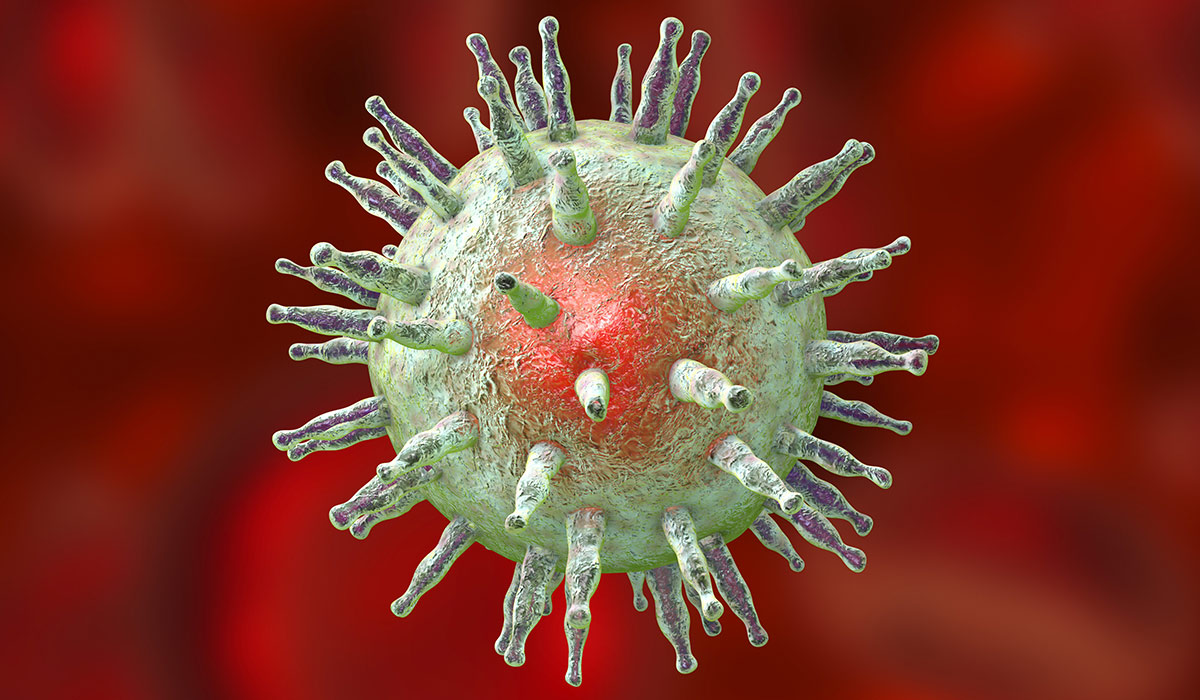
Epstein Barr Virus is a pathogen that causes infectious mononucleosis and many other diseases. Learn about the risks associated with… read more »
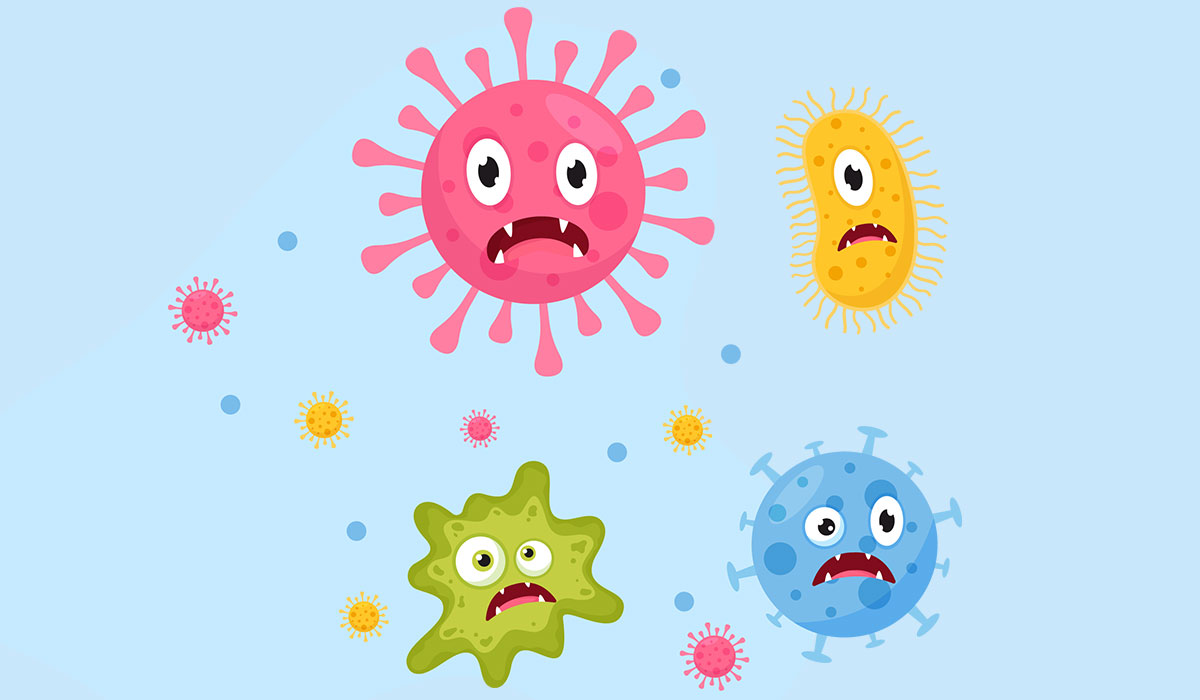
Viruses are microscopic infectious agents that can only replicate inside the living cells of a host organism. They are not… read more »
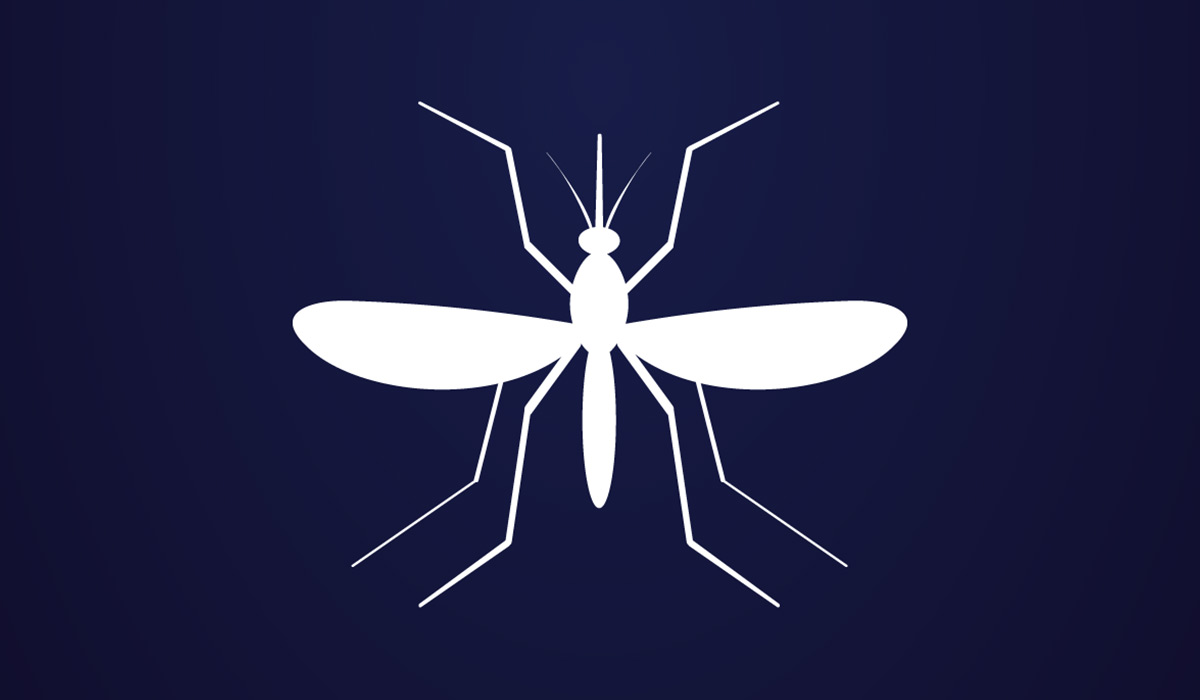
West Nile Virus is a threat not only to Africans. Fortunately, most patients pass the infection mildly, but there are… read more »
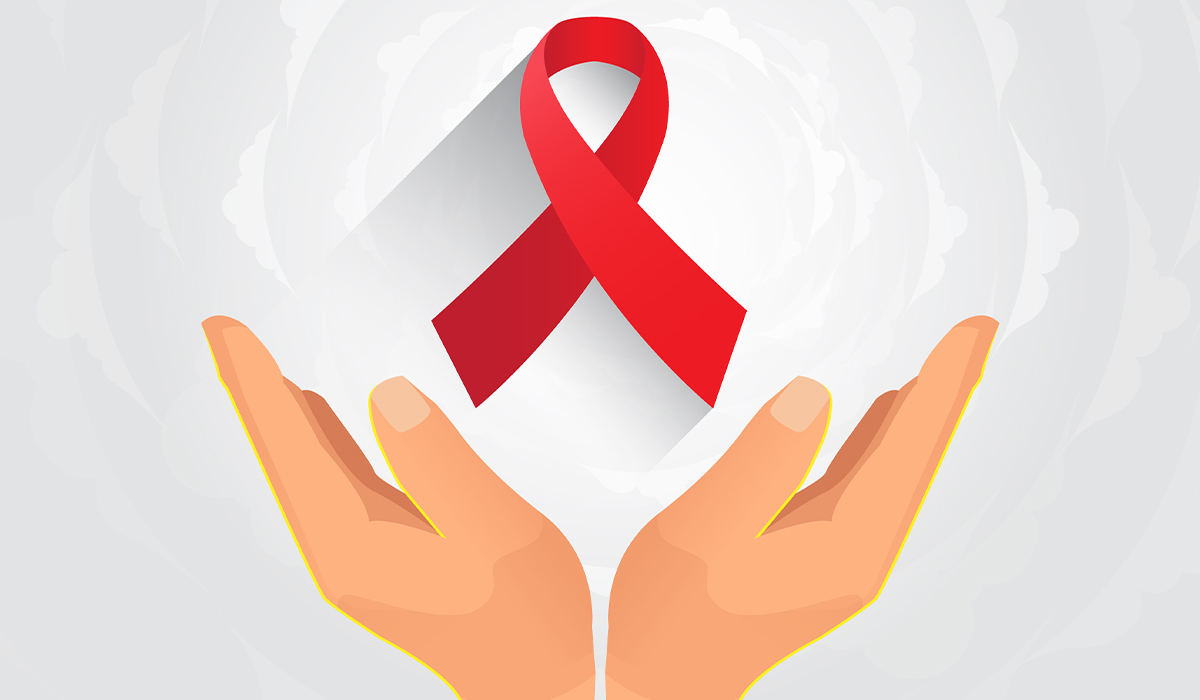
AIDS is a disease caused by HIV. This virus attacks the cells of the human's immune system, making them unable… read more »

Herpes is a viral infectious disease that most often affects the lip area. Herpes virus infections are common. What does… read more »

Rabies is a viral disease that, in humans, is usually fatal. Vaccinations can successfully prevent it. What are its symptoms?… read more »
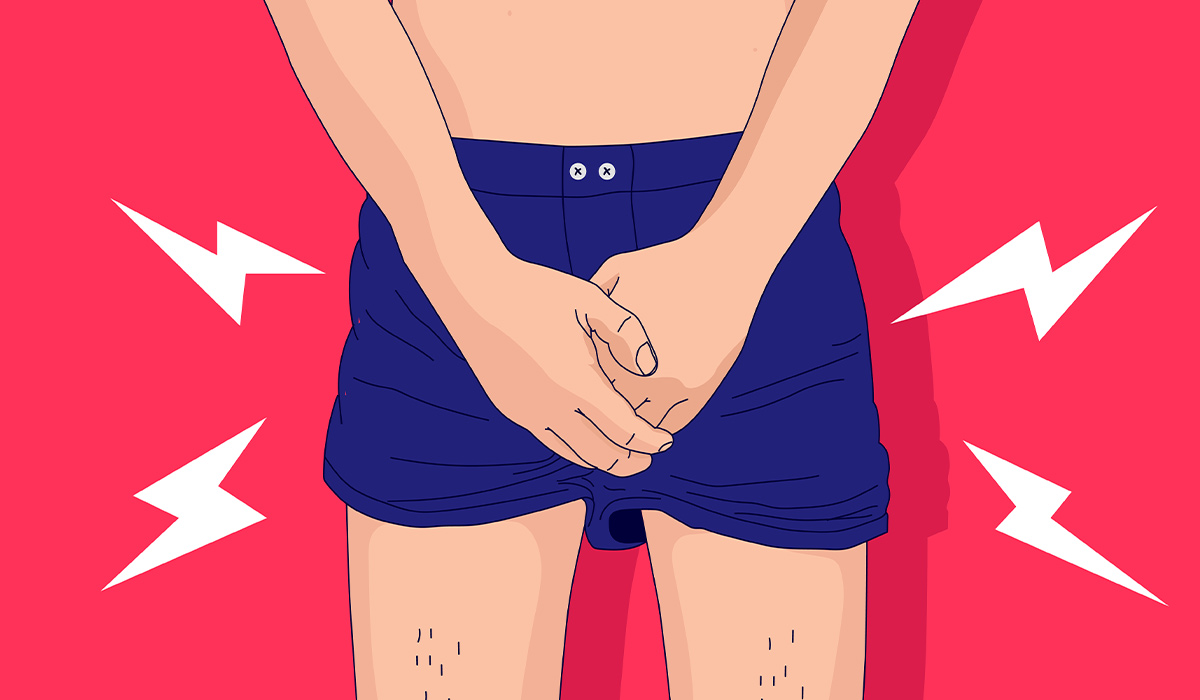
Genital herpes is a disease caused by the HSV herpes virus. What symptoms does it give? Check what treatment and… read more »

Bird flu is a disease that rarely affects humans these days. However, it is still possible to become infected. Learn… read more »

Dengue fever is a common malady caused by the Dengue virus, which is caused by mosquitoes, mainly the Aedes aegypti… read more »